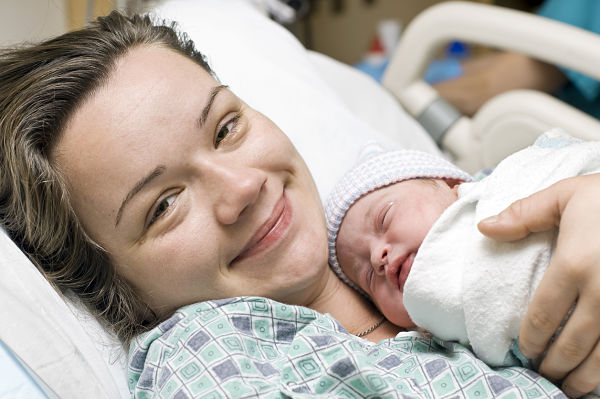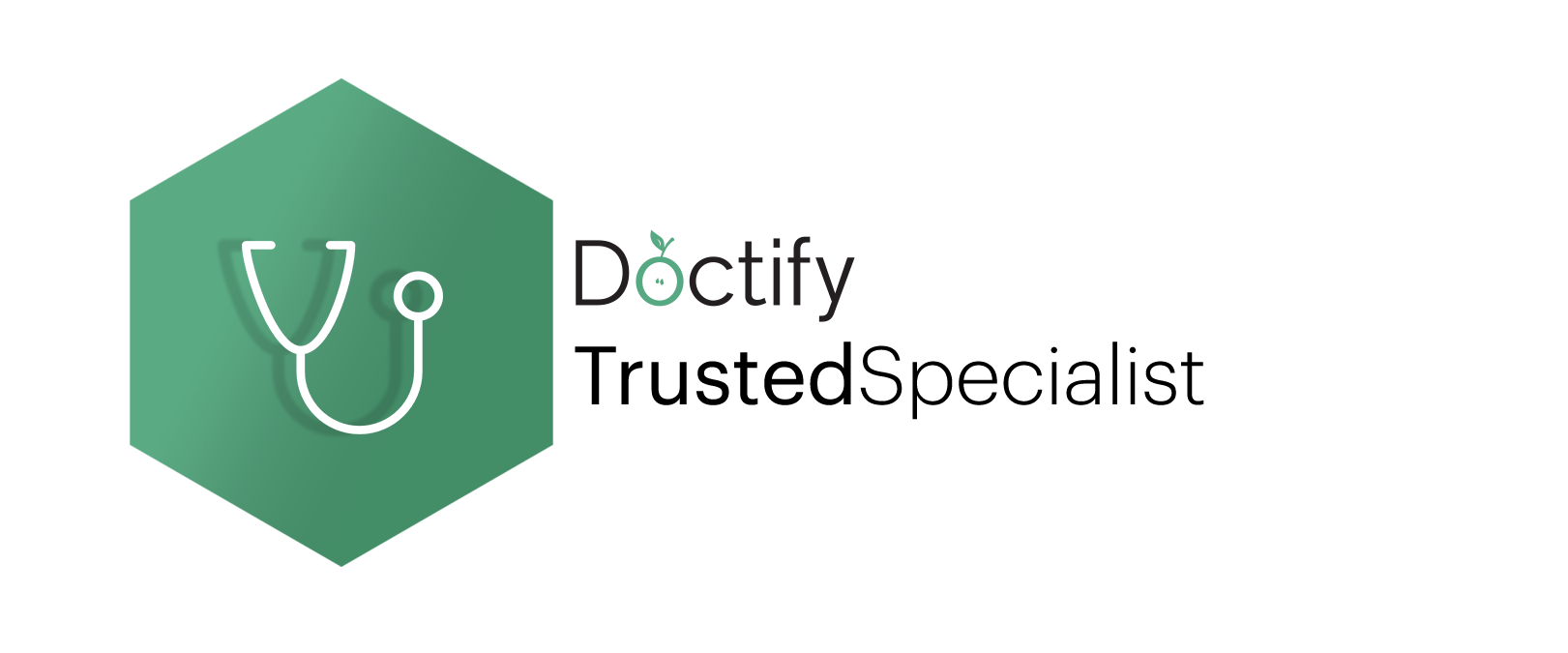Your surprising hormones – the role of hormones when giving birth

I often have the pleasure of working with women who are seeking advice with regards to fertility, conception or pregnancy when dealing with thyroid problems, diabetes or PCOS. However I have no direct involvement with labour itself.
Nevertheless I thought you would be interested to read about the important role that hormones play at this time. You might like to think about hormones as being “chemical messengers” with their role being to send information and feed back physical and emotional responses between the body’s tissues and organs.
The physical effect of hormones
As you know during the final weeks of pregnancy the foetus will move lower into the pelvis. What you may not know is that this is accommodated by a change in the balance of oestrogen and progesterone and an increase in the level of prostaglandins which together relax the uterus.
As this allows to baby’s head to have closer contact with the cervix, the cervix is then stretched and the body is stimulated to produce oxytocin which in turn enters the blood stream and starts off the pre labour contractions or tightenings.
These tightenings gently rotate the baby in a clockwise rotation and the more tucked in the baby’s chin the more closely the head will contact the cervix. This in turn creates greater levels of oxytocin so that muscles in the womb and abdomen will contract more strongly and labour commences.
In order to allow the passage of the baby from the womb the cervix needs to soften and dilate. It is thought that high levels of oxytocin cause the production of prostaglandins which may play a role in this.
We know that levels of relaxin also increase and this also helps the cervix to lengthen and soften and the pelvis to expand and soften. Relaxin additionally helps the hips to be more flexible.
As labour progresses the body releases natural pain relief hormones called beta endorphins. These also suppress the immune system so that it doesn’t act against the baby.
If you are stressed during labour more beta endorphins are released which then diminishes the levels of oxytocin and slows down labour which is why it is important to keep things as calm and relaxed as possible.
Finally, a sudden rush of adrenaline and noradrenaline (collectively known as catecholamines) cause a surge of energy in the mother and several very strong contractions to deliver the baby. This is aided by adrenaline stimulating the levels of both prostaglandin and cortisol. At this point the mother is likely to experience a dry mouth and dilated pupils which are classic indicators of high catecholamine release.
When the baby is born the ability to breastfeed has already been set in motion as the beta endorphins have also stimulated a hormone called prolactin which is known as a lactogenic hormone and stimulates milk production.
The emotional effect of hormones
Made in the hypothalamus and stored in the posterior pituitary gland, oxytocin is sometimes called the “social emotion amplifier” and will make you feel euphoric and receptive to the baby; it will also reduce stress and calm you down.
There will still be oxytocin in your body post birth and it is this which helps you feel relaxed and bonded with the baby. Skin to skin and eye contact as well as putting the new born baby to the breast will also stimulate the production of oxytocin and prolactin.
By the way your baby will also produce oxytocin before and during labour.
Also secreted from the pituitary gland, beta endorphins are also known as hormones of pleasure, euphoria and transcendence. They help the mother to feel elation and happiness. These are also present in breast milk which is why babies experience a natural high post feeding.
Secreted from the adrenal gland, adrenaline and noradrenaline activate the nervous system for flight or fight as they react to fear, hunger, cold or excitement.
Produced from the pituitary gland, prolactin is known as the mothering hormone and is a hormone of surrender or submission. This helps to drive a relaxed, vigilant and devoted attention to the physical and emotional health of the baby.
Other hormone sources
Oestrogen is mainly produced in the ovaries and progesterone is produced in the ovaries, the adrenal glands and, during pregnancy by the placenta. Relaxin is also produced by the ovaries and the placenta
Prostaglandins are created during a chemical reaction where tissue is damaged or infected. It stimulates blood clots and the contraction of blood vessel walls. It also controls ovulation and labour.
Cortisol is produced by the adrenal glands.
I do hope this has been helpful to you. Please feel free to share this post with other women who may be interested in this. You might also be interested in the following fertility and pregnancy related blog posts
Thyroid problems and trying to conceive
Preparing for a successful pregnancy with a thyroid condition
The importance of maintaining good levels of iodine
Should all pregnant women be screened for gestational diabetes
Although every effort is made to ensure that all health advice on this website is accurate and up to date it is for information purposes and should not replace a visit to your doctor or health care professional.
As the advice is general in nature rather than specific to individuals Dr Vanderpump cannot accept any liability for actions arising from its use nor can he be held responsible for the content of any pages referenced by an external link










